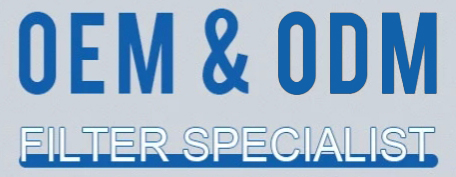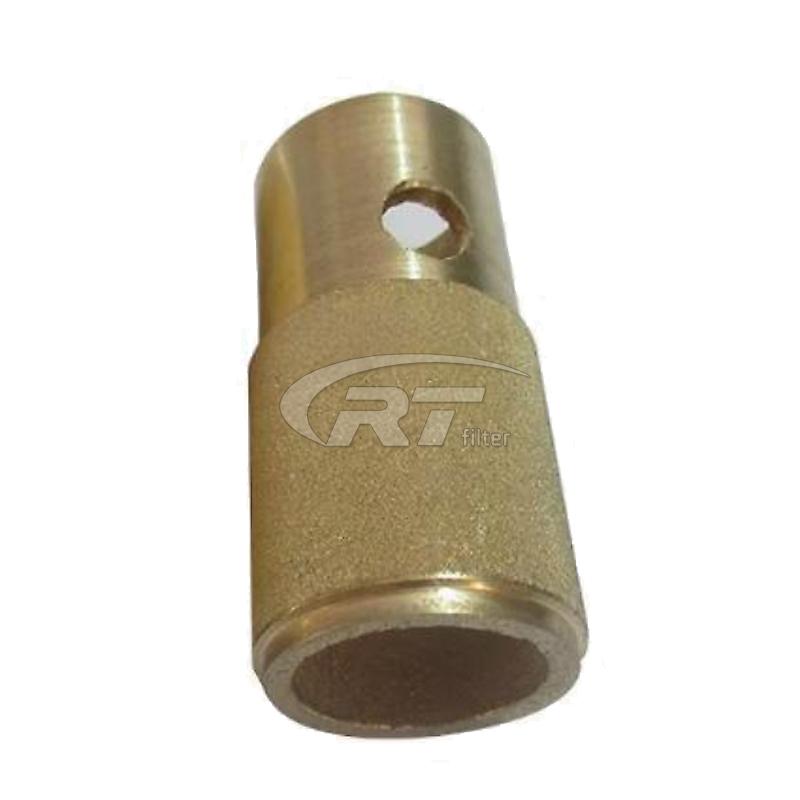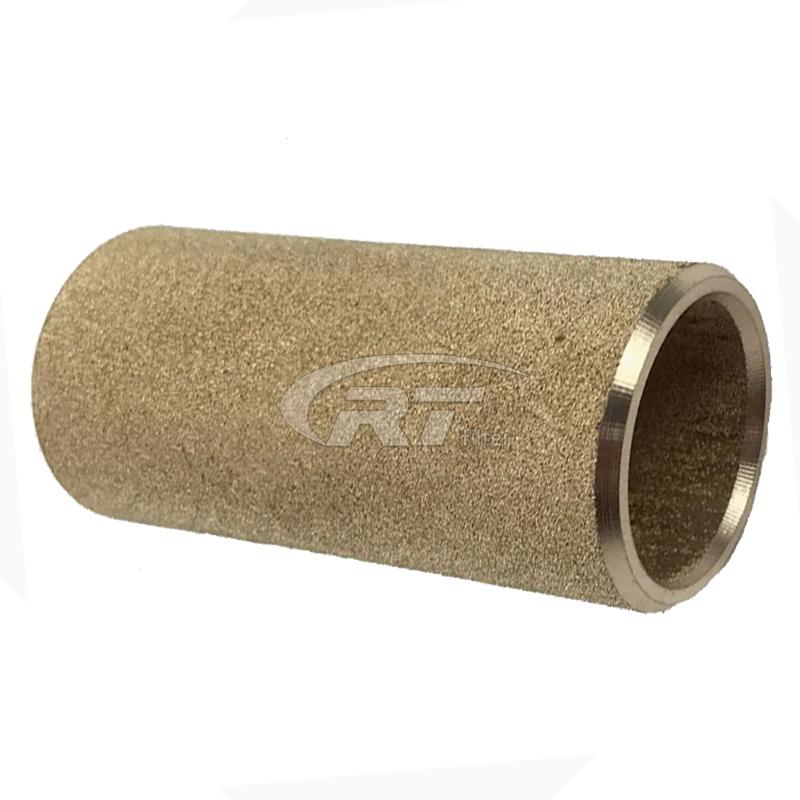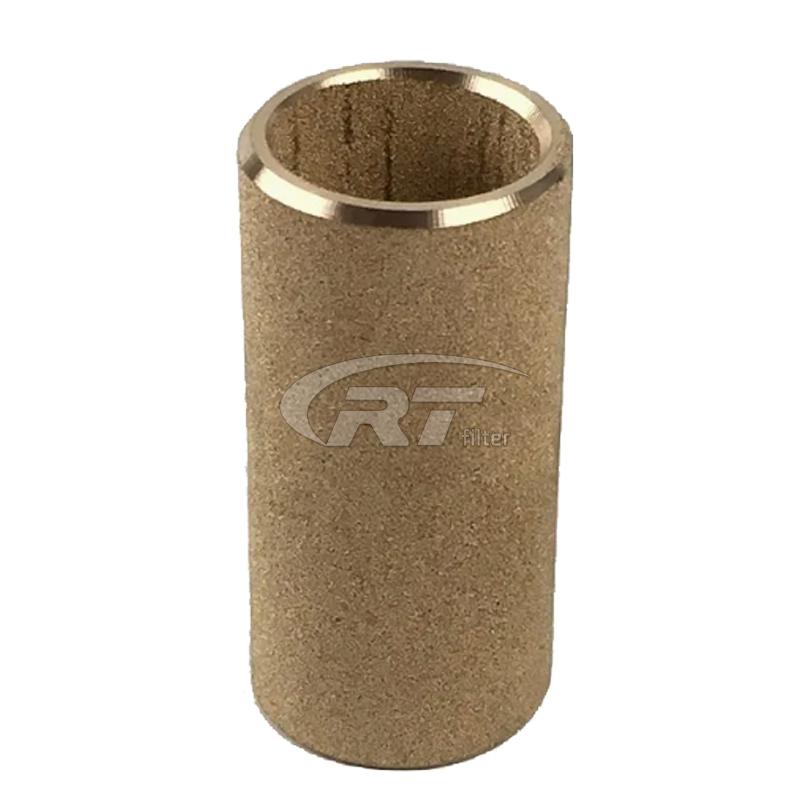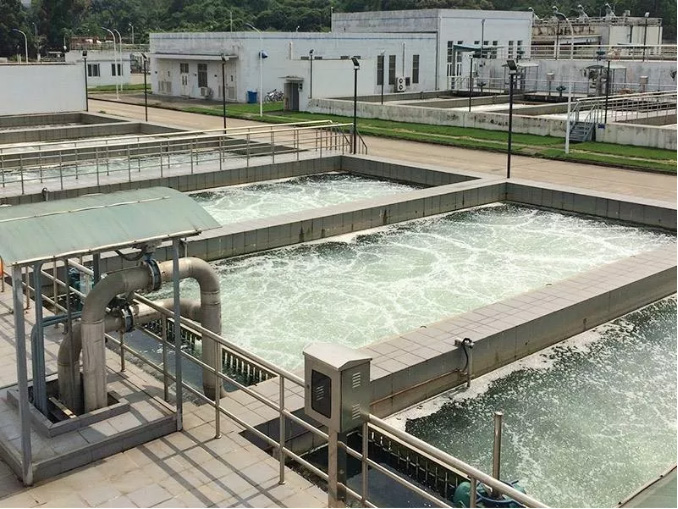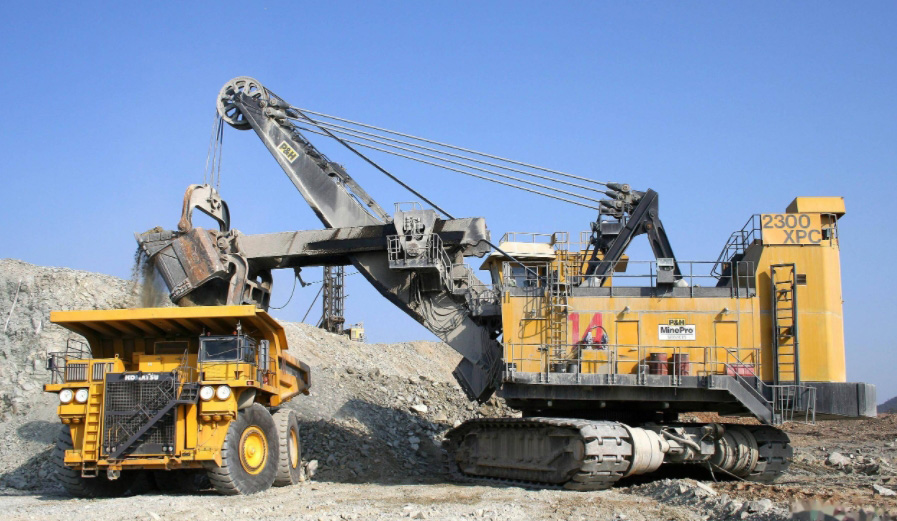|
Copper bronze brass porous metal powder filter uses multi-layer powder graded filling technology to achieve a pore gradient from coarse to fine. The 80μm coarse pores on the inlet side intercept large particles, the middle layer 20μm medium pores transition, and the innermost 5μm fine layer ensures high-precision filtration. This design reduces the risk of clogging and increases the pollution holding capacity by 40%.
Technical Data: • Filtration accuracy: 0.5μm, 1μm, 2μm, 5μm, 10μm(customization supported) • Porosity: 30%-45% (adjustable) • Compressive strength: ≤15MPa (axial compressive strength) • Maximum operating temperature: 300℃ (continuous) / 350℃ (peak) • Permeability: 0.5-3.0×10⁻¹² m² (depending on pore design) • Material composition: Cu-Sn alloy (tin content 40%-60%), optional phosphor bronze
Filter Material: The sintered copper bronze brass porous metal powder filter we produce uses high-purity titanium metal powder particles and has excellent filtration quality. The diameter, length and other dimensions can be customized according to actual needs. • The skeleton and porous layer are combined through a co-sintering process • The surface of the filter material is treated with a nano-cerium oxide coating • Can withstand 50 backwash cycles 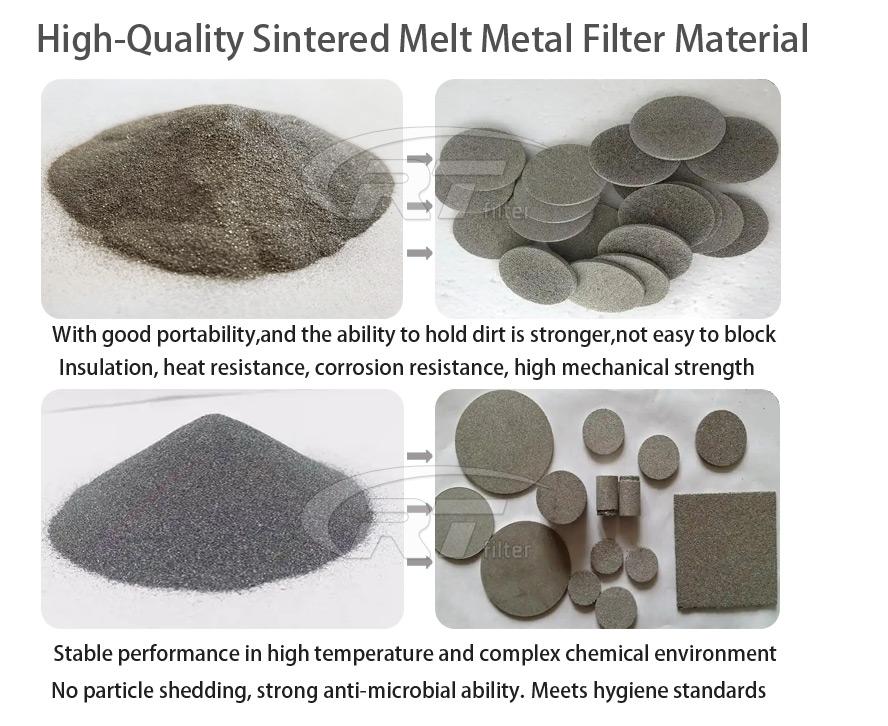
Customized solutions: We provide full process collaborative design services, from pore design to system integration: ✅ Aperture customization: optimize powder grading scheme according to D50 retention rate requirements ✅ Shape adaptation: support filter cartridges, filter plates, special-shaped filter elements (disc, cone) ✅ Surface enhancement: optional electrodeposition of nano-tin layer, support for non-standard parts proofing verification
FAQ: Q: Does it support non-standard customization? A: The filtration accuracy, interface size and shell material can be customized.
Q: porous metal bronze powder sintered filter replacement cycle? A: Under normal working conditions, it is recommended to be 12-36 months, which actually depends on the degree of medium contamination.
Q: What is the shelf life of the porous metal bronze powder sintered filter? A: Usually 3 years, but the storage conditions will affect the actual service life. It should be stored in a dry and dark environment.
|
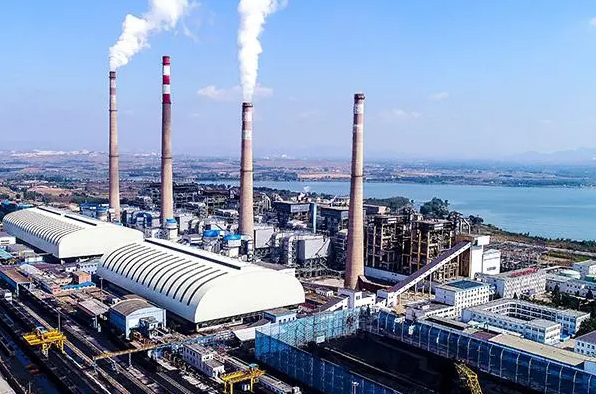 Air Compressor Filtration
Air Compressor Filtration
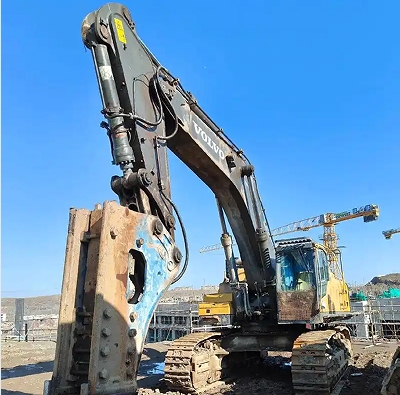 Equipment Oil Pollution Filtration
Equipment Oil Pollution Filtration








